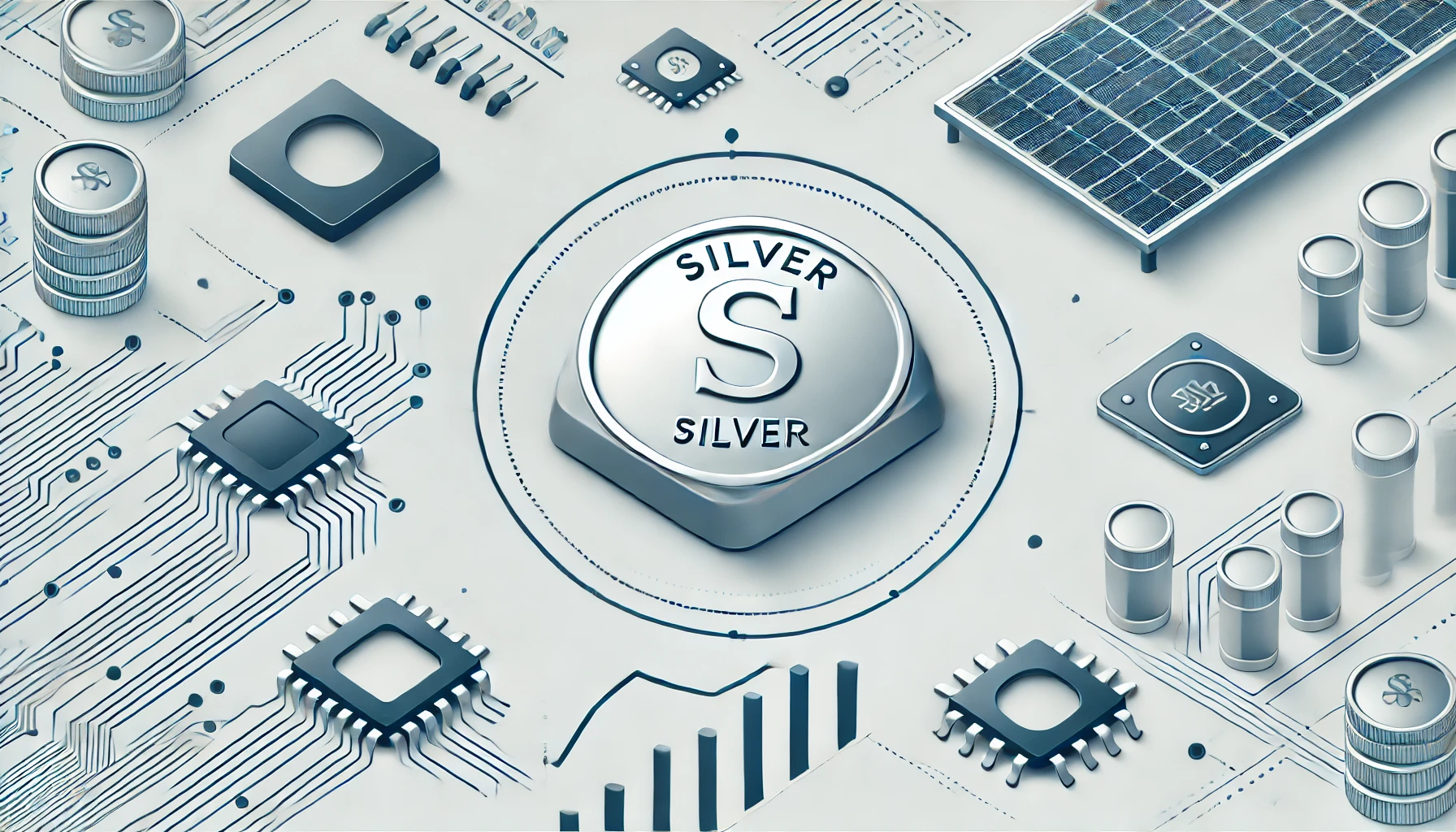Among the various commodities in 2024, one has quietly outperformed its peers, posting a remarkable year-to-date increase and outstripping the returns of major indices. Despite this stellar performance, investor sentiment appears to be shifting, raising questions about the future trajectory of this asset.
According to Morningstar, most silver bullion and silver-mining stock exchange-traded funds (ETFs) have experienced net outflows this year. The U.S. Mint’s sales of silver bullion coins have also taken a significant hit, plummeting to 1.34 million ounces—less than half of the 3.4 million ounces sold during the same period in 2023.
Silver is currently trading around $30 an ounce, its highest level since 2012. This price surge occurs amidst a challenging environment for precious metals, marked by high interest rates, tapering inflation, a robust stock market, and a thriving U.S. economy. Adrian Day, CEO of Adrian Day Asset Management, comments, “This is exactly the opposite environment in which you should be investing” for silver.
While silver often responds to the same macroeconomic factors as gold, its industrial applications add a unique dimension to its market dynamics. Silver’s superior electrical conductivity makes it crucial in various industrial processes. The global push for electrification and the rising demand for powerful semiconductors, essential for artificial intelligence, are significantly enhancing silver’s market appeal.
The Silver Institute reports that industrial demand for silver reached a record high in 2023, with a notable 64% increase from the solar-panel industry. The institute projects a further 20% rise in demand for 2024. This trend is supported by data from the Solar Energy Industries Association, which highlighted that the U.S. solar market achieved its second-largest quarter of installed capacity in the first quarter of 2024, driven primarily by utility installations.
Robert Minter, director of ETF investment strategy at Abrdn, issuer of the $1.3 billion Abrdn Physical Silver Shares ETF (SIVR), points to China as a key driver of silver demand. China is not only the largest manufacturer of solar panels but also a significant source of investment demand, with physical silver trading at a premium in the Chinese market.
This surge in demand coincides with a slight dip in supply. The Silver Institute notes a 0.5% decrease in total supply from mining and scrap recycling in 2023, with a further 1% decline anticipated in 2024 as demand continues to outstrip supply.
David Morgan, publisher of the Morgan Report, emphasizes that silver is more than just a cheaper alternative to gold. “Silver often acts differently from the yellow metal,” he explains. The smaller market size of silver leads to more volatile price movements compared to gold, influenced by seasonal trends and greater market fluctuations in the fall and winter.
Investment options for silver are relatively limited. Beyond physical bars and coins, there are only a few non-leveraged/inverse ETFs available. The largest silver-backed ETF is the $13.2 billion iShares Silver Trust (SLV), while the largest silver-miner ETF is the $1.1 billion Global X Silver Miners (SIL), which have gained 24% and 11%, respectively, in 2024.
Equity investors might be surprised to learn that pure-play silver-mining stocks are virtually nonexistent. Most silver is extracted as a byproduct of base-metal or gold mining. “The dirty little secret is most silver-mining companies do not have the majority of their revenue from silver,” Day reveals, especially if they also produce gold.
Looking ahead, silver’s future appears increasingly tied to industrial demand. A slowdown in solar-panel production could dampen silver demand and prices. However, silver used in photovoltaics remains in place for years, potentially limiting supply and mitigating significant price declines.
Key Takeaways
- Strong Performance: Silver has increased by 21% year-to-date, outperforming gold, copper, and the S&P 500.
- Investor Sentiment: Despite gains, silver ETFs have seen net outflows, and U.S. Mint sales of silver bullion coins have dropped significantly.
- Industrial Demand: Industrial applications, particularly in the solar-panel industry, are driving silver demand to record highs.
- Supply Concerns: A slight dip in silver supply is expected to continue, potentially sustaining higher prices.
- Market Dynamics: Silver’s smaller market size compared to gold leads to greater price volatility, influenced by seasonal trends and market fluctuations.
Conclusion
Silver’s impressive performance in 2024 underscores its dual role as both a precious and industrial metal. While current market conditions may seem unfavorable for precious metals, silver’s unique industrial applications, especially in the rapidly growing solar and semiconductor sectors, offer a compelling case for its sustained demand. Investors should consider the broader economic and industrial trends influencing silver, recognizing both the opportunities and risks inherent in this dynamic market. As the global push for electrification and technological advancement continues, silver’s role in the commodity landscape remains pivotal.

